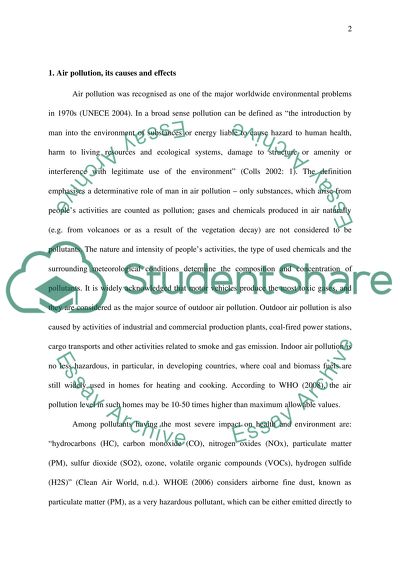Cite this document
(“Air Pollution law Essay Example | Topics and Well Written Essays - 3000 words”, n.d.)
Retrieved from https://studentshare.org/environmental-studies/1408624-air-pollution-law
Retrieved from https://studentshare.org/environmental-studies/1408624-air-pollution-law
(Air Pollution Law Essay Example | Topics and Well Written Essays - 3000 Words)
https://studentshare.org/environmental-studies/1408624-air-pollution-law.
https://studentshare.org/environmental-studies/1408624-air-pollution-law.
“Air Pollution Law Essay Example | Topics and Well Written Essays - 3000 Words”, n.d. https://studentshare.org/environmental-studies/1408624-air-pollution-law.


